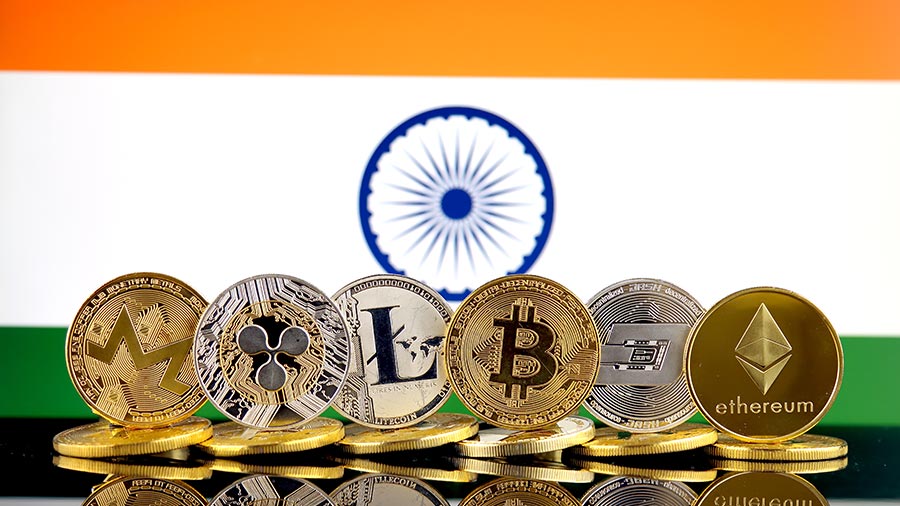Now Reading: Crypto Rules in India: What Tier 2 City Investors Should Know as Regulation Talks Heat Up
-
01
Crypto Rules in India: What Tier 2 City Investors Should Know as Regulation Talks Heat Up
Crypto Rules in India: What Tier 2 City Investors Should Know as Regulation Talks Heat Up

The conversation around cryptocurrency regulation in India is becoming louder than ever. With the government exploring stricter frameworks and the Reserve Bank of India pushing for clarity, the country’s digital asset space is entering a critical phase. For investors in Tier 2 cities, who’ve increasingly joined the crypto wave in recent years, understanding what’s changing—and why—matters more than ever.
India’s crypto scene has grown rapidly, but without a fixed regulatory structure, investors often operate in uncertainty. The government has hinted at new guidelines that could define what qualifies as a digital asset, how profits will be taxed, and which exchanges will be legally recognised. This shift could bring stability to a market that has so far thrived on speculation and hype. For small-city investors, this could mean a safer but more rule-bound environment.
What’s driving this change is both domestic pressure and global movement. Countries worldwide are defining how crypto fits into their economies, and India doesn’t want to lag behind. The Financial Intelligence Unit has already started monitoring suspicious crypto transactions. Meanwhile, exchanges are being told to improve user verification and transparency, signalling the government’s intent to treat crypto trading more like formal financial activity.
For investors from Tier 2 cities—Nagpur, Indore, Surat, Lucknow, and others—the implications are big. Many first-time traders entered crypto during the pandemic, lured by social media trends and stories of overnight profits. But as regulation tightens, unregistered exchanges or peer-to-peer deals might become riskier. It’s important for these investors to use only compliant platforms and keep proper records of their transactions to avoid legal or tax troubles later.
Another key change lies in taxation and reporting. Crypto gains are already taxed at 30 percent, with 1 percent TDS on transactions. Now, regulators may expand reporting rules, meaning traders can’t afford to ignore documentation. For those running small businesses or working professionals investing from smaller towns, these changes may demand a shift from casual trading to more disciplined financial management.
There’s also the question of innovation. While stricter rules could limit short-term freedom, they might make India’s crypto market more credible globally. This could attract safer projects and possibly local startups working on blockchain applications in finance, agriculture, or logistics. For Tier 2 cities with growing tech ecosystems, it could open new opportunities if regulation balances safety with innovation.
In short, India’s crypto regulation debate isn’t just about policy—it’s about shaping the future of how Indians interact with digital money. For investors beyond big metros, the takeaway is simple: understand the rules before you play the game. Crypto may stay volatile, but being informed and compliant can turn uncertainty into opportunity.

























